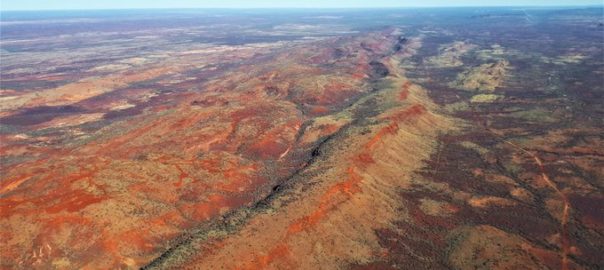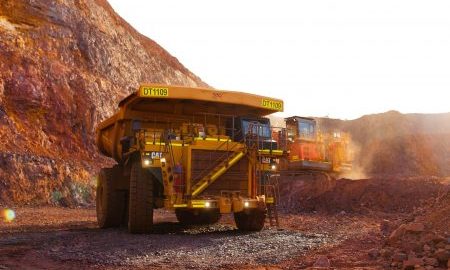Rio Tinto has awarded Metso an order for 10 HP Series cone crushers to be installed at the company’s Tom Price iron ore mine in Western Australia, the OEM says.
This order follows the initial award of six HP series cone crushers in late 2022. The crushers in the initial order are currently being delivered to the Paraburdoo iron ore mine and another Pilbara mine.
“The HP500™ cone crushers will replace the long-serving Symons cone crushers,” Julius Mäkelä, Vice President, Mid-size and Mobile Crushers at Metso, explains. “The compact and versatile HP Series crushers are a step change in the crushing process, enabling maximum operator safety and easy maintenance as the key components can be accessed from the top of the crushers. They provide a more sustainable solution, delivering high output with decreased energy consumption despite their smaller size. Additionally, the new crushers feature an option for digitising the operation.”
The compact size of the HP500 cone crusher is well suited as a replacement for Symons crushers, Metso says. The HP500 is used in aggregates production, quarrying applications and mining operations worldwide.









